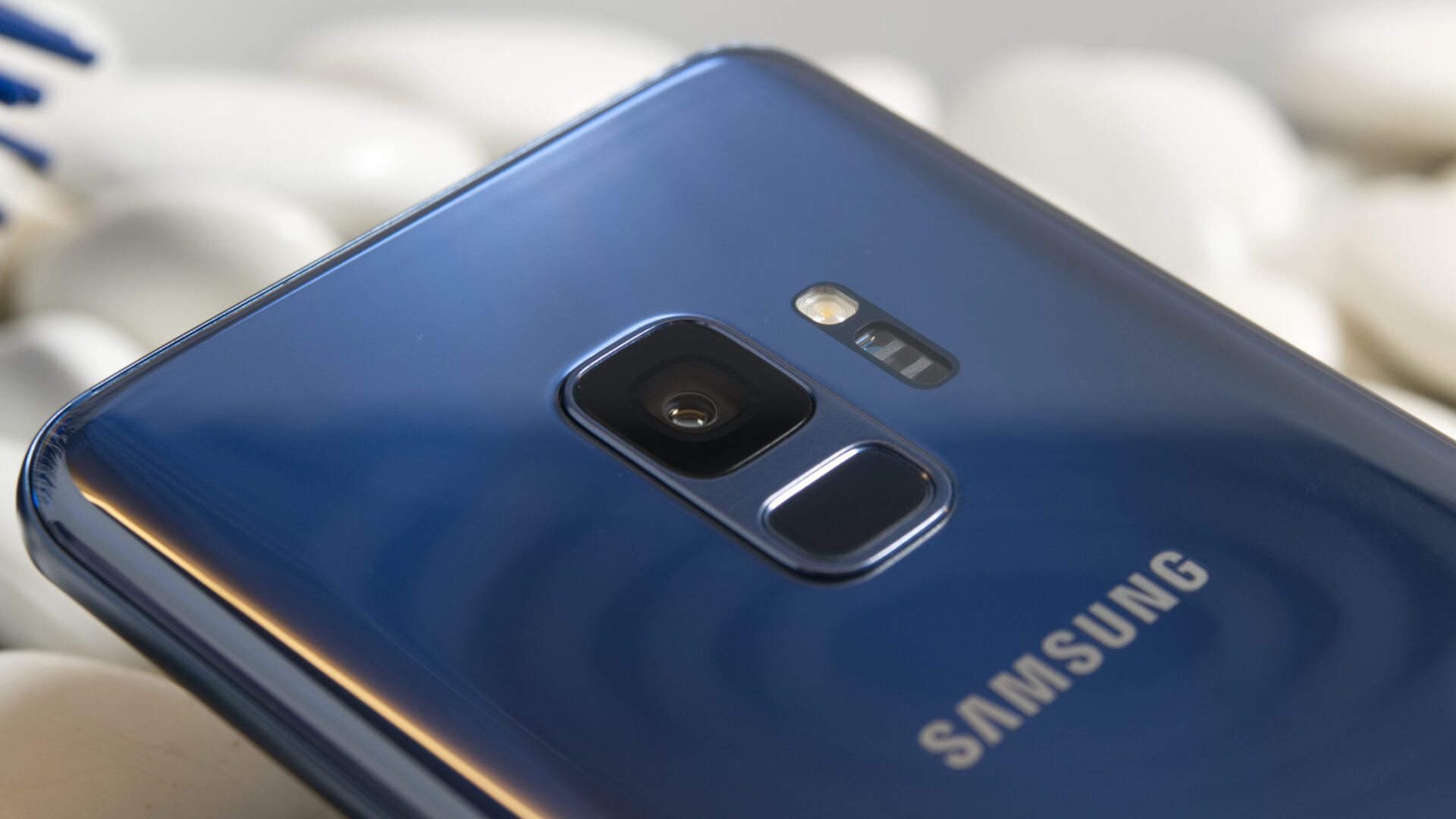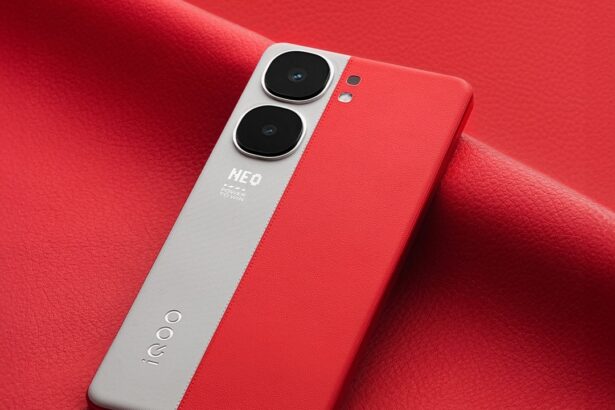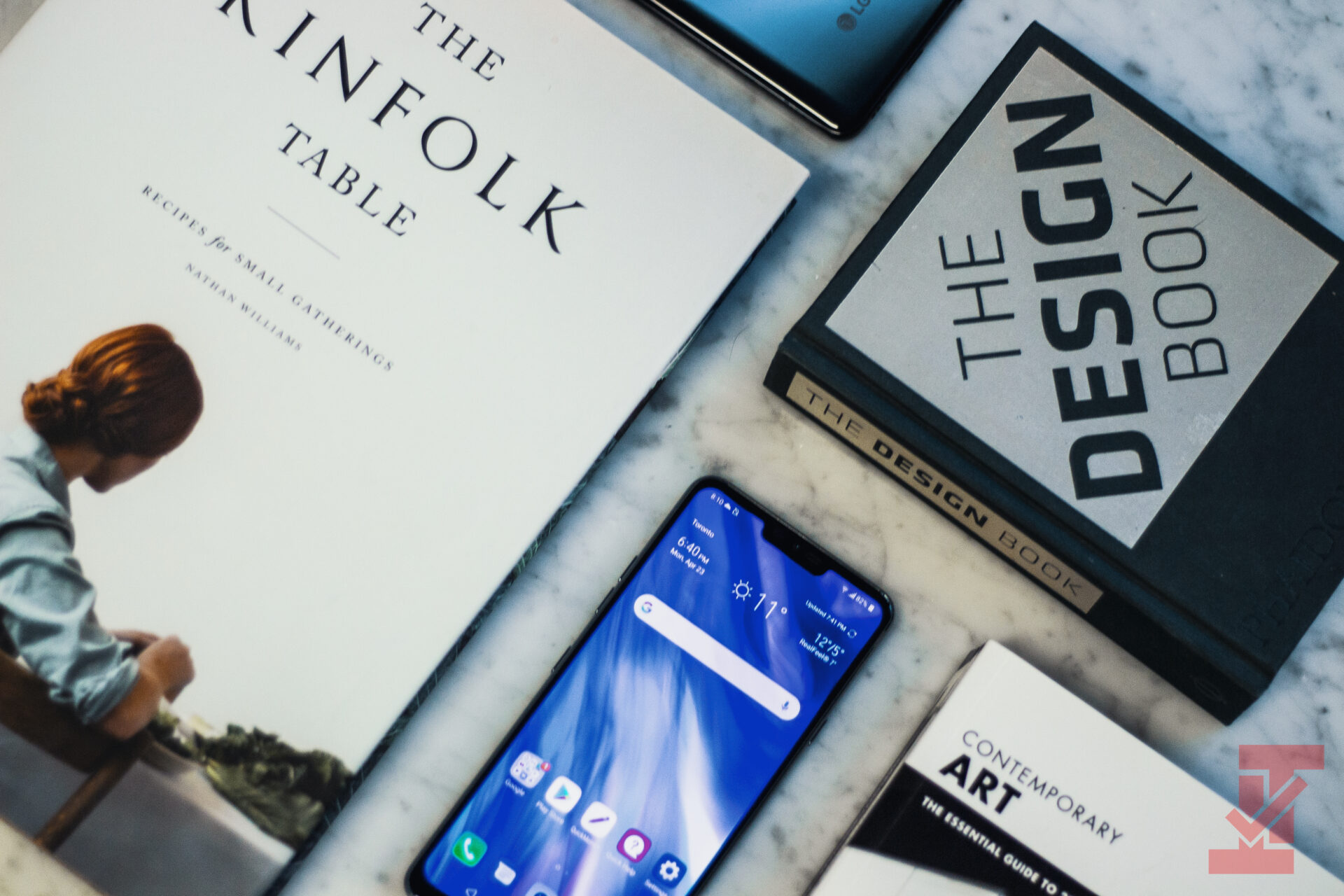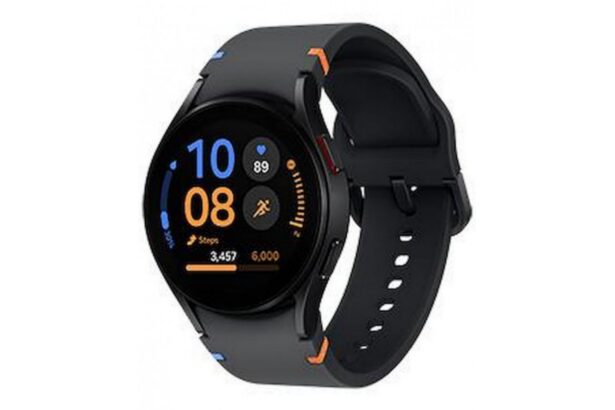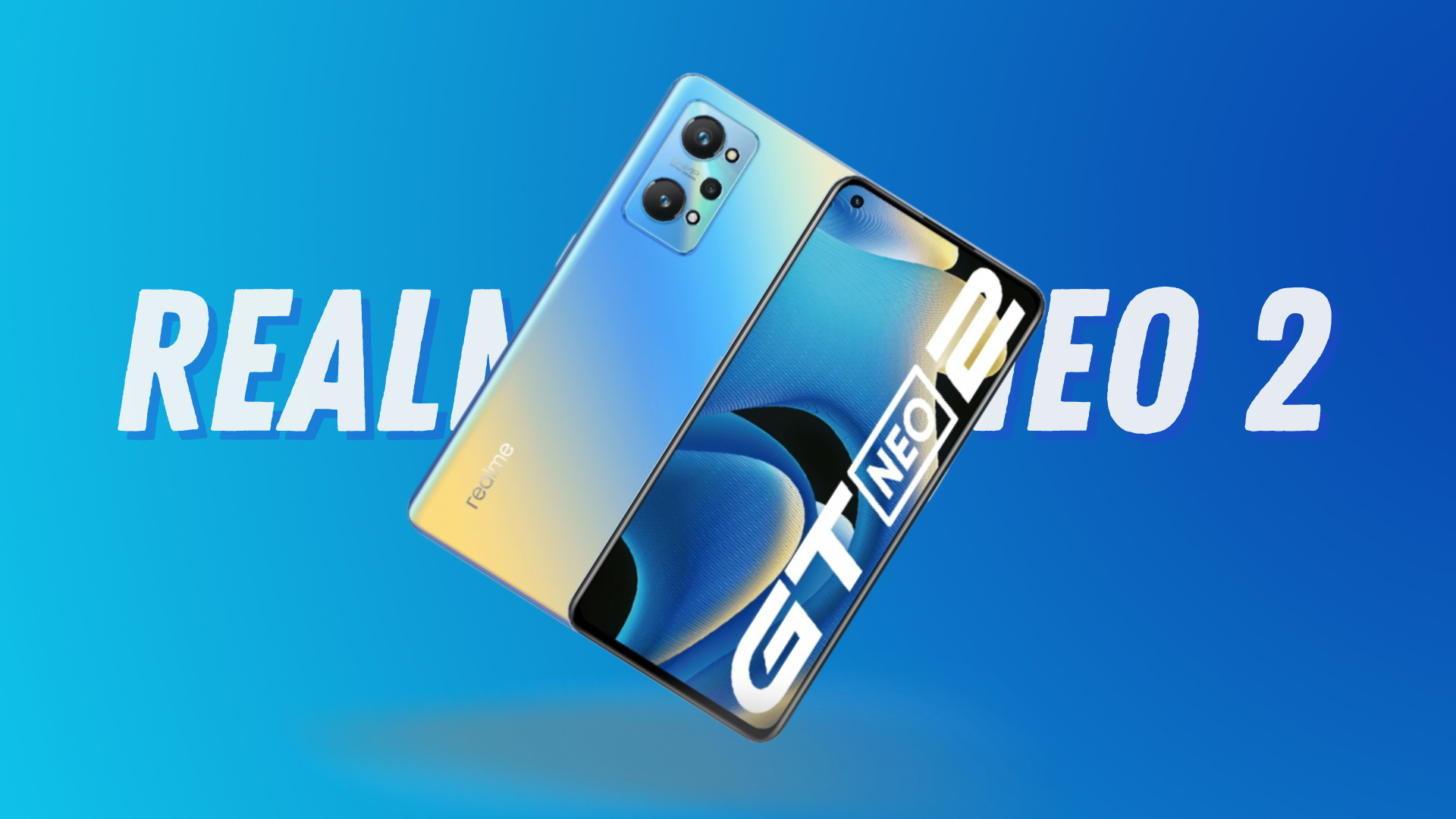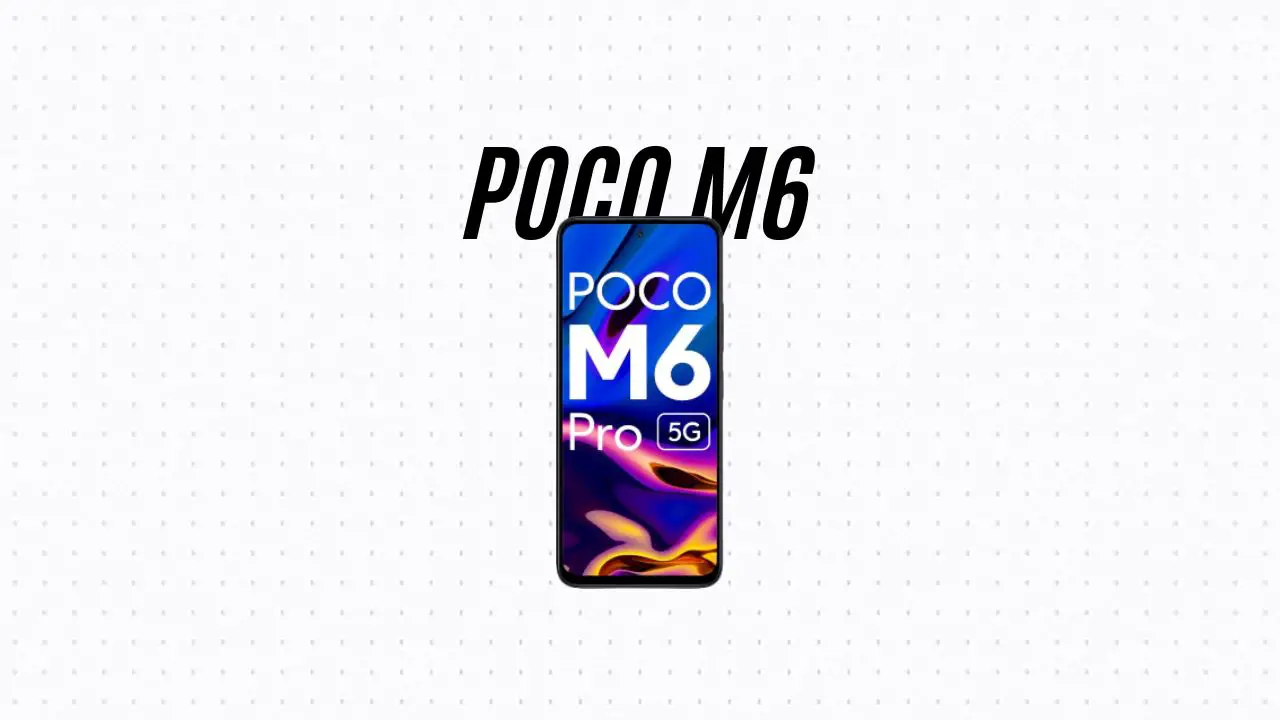Finally, after more than two years of wait, Samsung has clarified that it will launch the Galaxy S10 flagship smartphone next year with an in-display fingerprint scanner sometime in February next year. But isn’t that something Vivo and several other brands have deployed in their smartphones by now? Those are actually optical fingerprint readers and Samsung is working on an ultrasonic in-display fingerprint reader which is far more resilient and accurate compared to the former.
According to Samsung, the largest smartphone manufacturer in the world, it will unveil three variants of Samsung Galaxy S10 and S10+ it can be presumed that the regular Galaxy S10 will have two different variants while S10+ will have a single variant. Further, Samsung will introduce the ultrasonic in-display fingerprint scanner in two of the models while the third will have an ordinary optical fingerprint reader which is currently being under in all in-display fingerprint readers. This has squashed the previous rumors the low-end variant of Galaxy S10 will have a fingerprint reader mounted on a physical button on the right edge.
Samsung has been developing the ultrasonic in-display fingerprint reading technology for several years now along with Qualcomm. The ultrasonic reader creates a 3D map of the fingerprint which is then used as a reference every time a user presses on the screen. On the contrary, the currently used optical in-display fingerprint reader creates a 2D of the fingerprint and then, compares it with the fingerprint the user is trying to access with.
No doubt optical reader is accurate but it can be easily spoof using several techniques while the ultrasonic reader is several times accurate and resilient to light, grease, and other foreign stimuli that would cause obstacle when the users try the same on an optical reader.

Further, the ultrasonic reader is three times expensive than the optical reader and therefore, it will be mounted on two higher-end variants of Galaxy S10 presumably Galaxy S10 (a) and Galaxy S10+ while Galaxy S10 (b) which is the low-end variant will have an optical reader. Note that (a) and (b) aren’t nomenclature opted by Samsung but a mere marks to denote that we selected to specify the different variants.
Now that the optical reader is in its initial stages which means it is still immature, bigwigs like Samsung and Apple wouldn’t risk their brand image just to incorporate such an immature technology while they have mastered their own forms of security systems where Apple uses its own FaceID based on infrared sensor that captures 30,000 data points to authenticate users while Samsung has a more attuned Iris scanner when compared to other brands except Apple.
Samsung has been leading the total shipped units for more than seven years now followed by Apple that was later replaced by Huawei in terms of units shipped annually. A recent report by analysts states that the three iPhone models that will be launched this year could eventually increase the sales volume for Apple with an estimated 350 million units between 12 to 18 months. On the other hand, Samsung recently launched much-anticipated Samsung Galaxy Note 9 and will be releasing the three variants of the Galaxy S10 lineup.
Samsung Display, the largest OLED display maker in the world is working with several fingerprint sensor maker such as Qualcomm to develop and produce ultrasonic in-display fingerprint reader that could reckon up to 100 million units shipped next year according to the forecast by IHS Markit.
